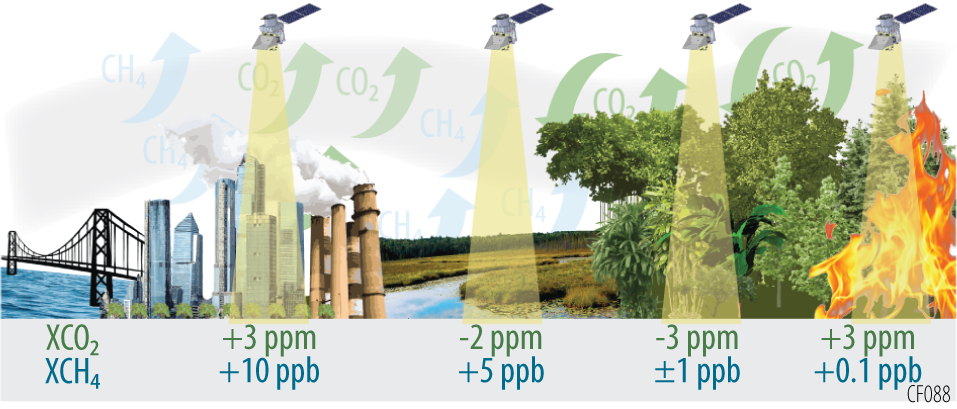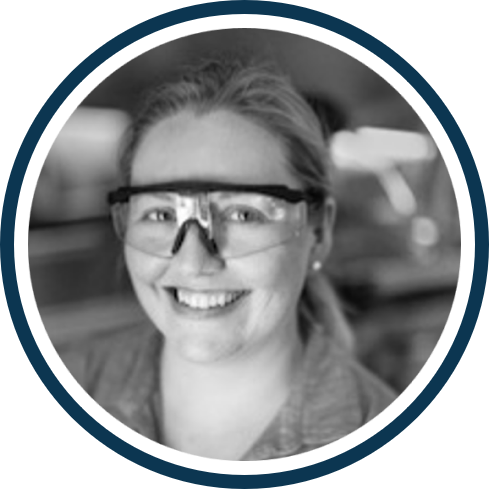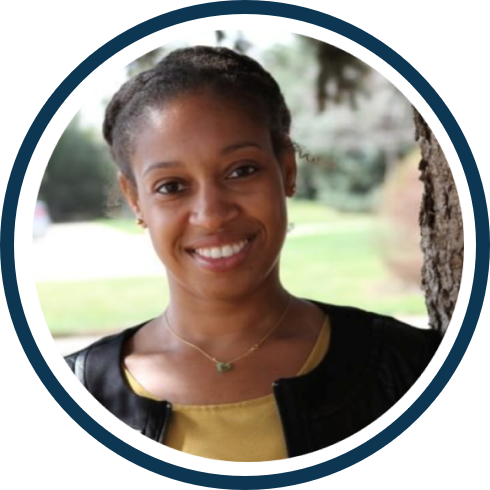Understanding carbon dynamics at scales from neighborhoods to continents.
A national observatory is needed to measure carbon changes around the globe as they happen. Humanity relies on carbon uptake by natural ecosystems to offset human-generated emissions. As ecosystems warm and disturbance events increase, the processes responsible for maintaining this carbon balance will change.
CarbonFOX is designed to measure terrestrial carbon sources and sinks with high sensitivity, resolution, and coverage, enabling us to understand and predict ecosystem carbon processes and their response to human activities and climate change.

CarbonFOX is a 2023 proposal to NASA's Earth System Explorers Program.
Science Focus
Measure changes in carbon dynamics over natural terrestrial ecosystems (boreal and tropical forests, grasslands and vegetated wetlands).
Determine how disturbances (hurricanes, fires, floods, etc.) impact carbon dynamics of terrestrial ecosystems, including those managed for agriculture and undergoing large-scale land-use change.
Quantify natural and anthropogenic drivers of carbon dynamics in and around coastal and inland urban regions.
CarbonFOX’s Application Program is designed to engage Communities of Practice and Potential, to inform climate policy and management decisions worldwide on local, state, and national levels, and enable quick integration of CarbonFOX data into decision-making processes and operational tools.
Early Adopters:
EPA, NIST, NYSERDA, NIWA, Permafrost Pathways
Meet the Team
Find the rest of the Science Team here.











